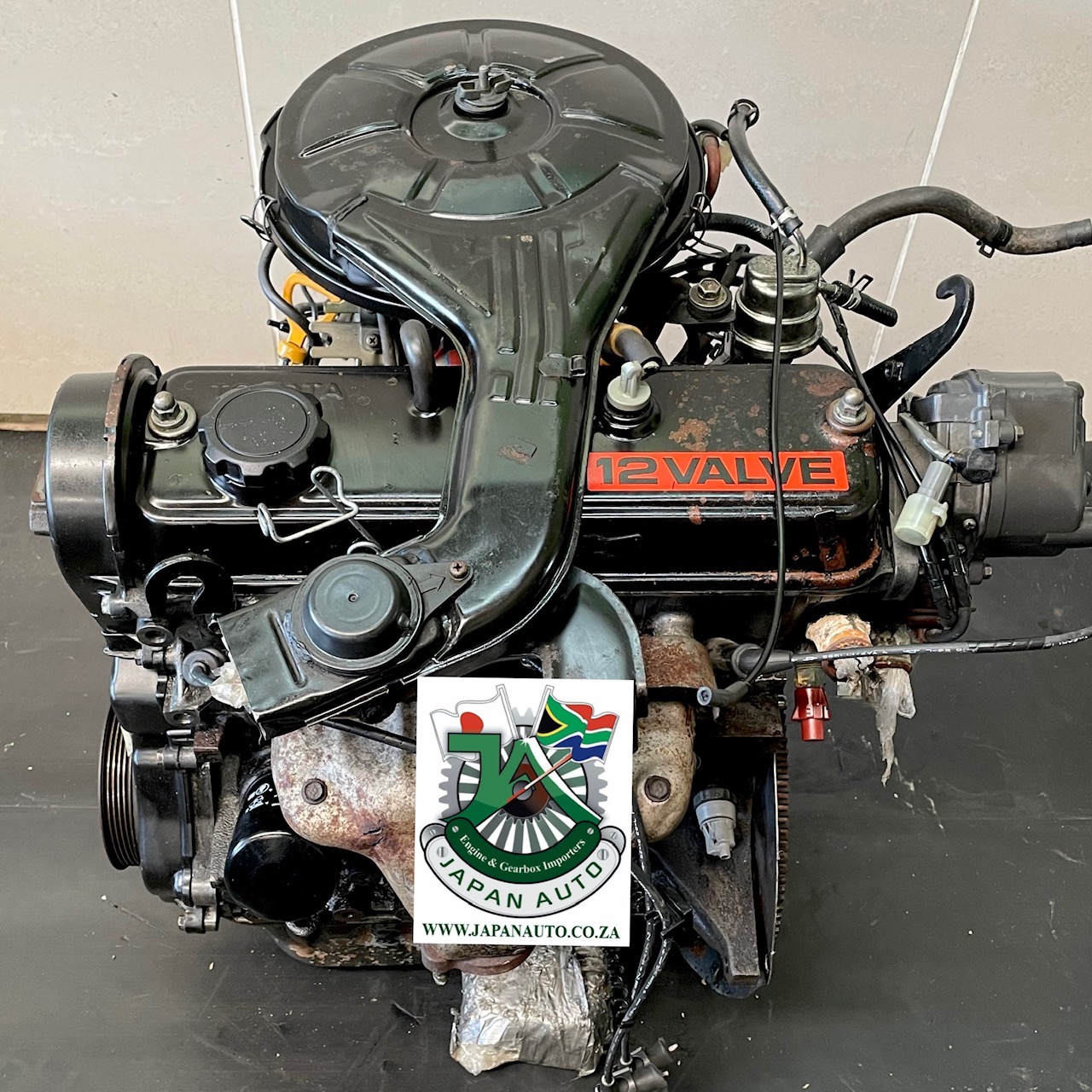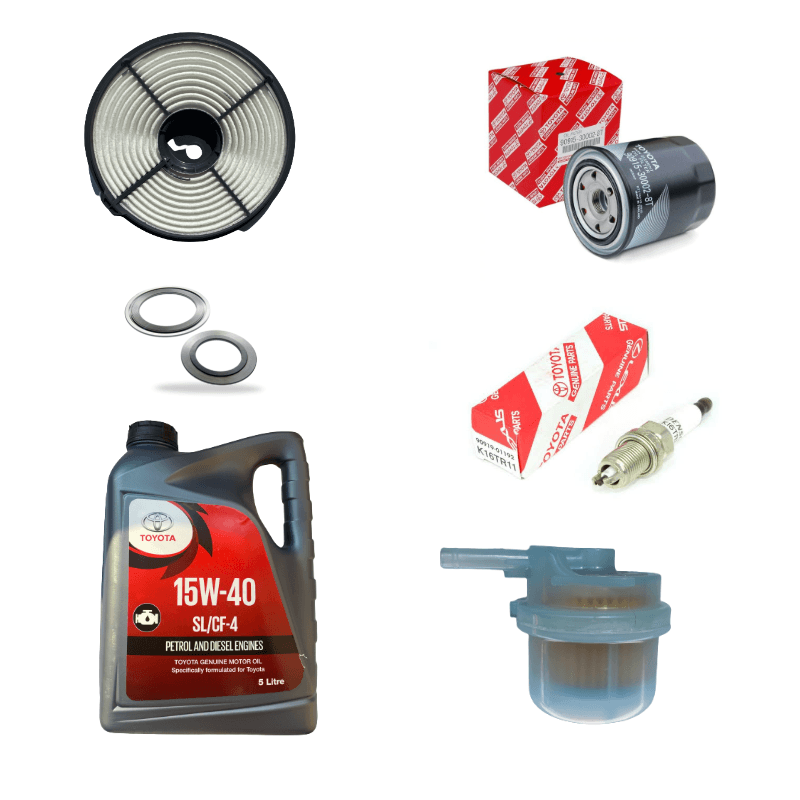Toyota Tazz: Why It Continues to Be a Trusted Vehicle for Daily Commuting
Toyota Tazz: Why It Continues to Be a Trusted Vehicle for Daily Commuting
Blog Article
Check Out the most up to date Trends in Engine Modern Technology Via Tazz
In the rapidly progressing landscape of vehicle modern technology, Tazz stands at the forefront, highlighting considerable advancements in engine systems that focus on both innovation and sustainability. tazz. From hybrid engines that optimize fuel efficiency to the introduction of hydrogen gas cells, the patterns forming modern powertrains are not only improving performance however additionally attending to essential ecological obstacles. As the industry proceeds to press boundaries, it is crucial to take into consideration just how these advancements will affect future transport options and the more comprehensive ramifications for international energy consumption. What lies in advance in this critical makeover?
Crossbreed Engine Innovations
Crossbreed engine technologies represent a crucial change in automotive modern technology, incorporating the advantages of internal burning engines with electrical propulsion systems. This assimilation not just boosts fuel effectiveness however additionally minimizes discharges, meeting significantly stringent environmental regulations. By using both energy sources, hybrid engines can maximize efficiency, providing power when required while saving gas during much less demanding driving conditions.
Current advancements in hybrid innovation consist of enhancements in battery efficiency and regenerative stopping systems. These innovations enable higher energy healing during deceleration, which can be redirected to aid in acceleration or power accessory systems. Manufacturers are concentrating on small layouts and light-weight products to optimize the effectiveness of crossbreed powertrains.
The advancement of plug-in crossbreeds has actually likewise broadened the market, making it possible for motorists to charge their lorries utilizing common electric outlets. This feature commonly enables significant all-electric variety, more reducing dependancy on typical gas. tazz. As the vehicle industry proceeds to develop, hybrid engine modern technologies are expected to play a crucial function in linking the gap between standard automobiles and completely electric designs, providing a transitional service that provides to varied consumer demands and choices
Advances in Electric Powertrains
The automobile landscape is swiftly progressing, with electrical powertrains becoming a leading pressure in lasting transport. Advances in electrical lorry (EV) modern technology are considerably improving performance, efficiency, and individual experience. Secret developments consist of improvements in battery chemistry, which have enhanced energy thickness, lowered charging times, and extended total battery life.
Solid-state batteries, as an example, assure to change the market by providing greater security and performance compared to standard lithium-ion cells. Improvements in regenerative stopping systems are allowing lorries to recoup power throughout slowdown, contributing to general performance.
Along with battery modern technology, electrical motor styles are coming to be extra innovative. Technologies such as integrated electric motors and advanced thermal monitoring systems are assisting to optimize power shipment and lower weight, eventually boosting automobile dynamics.

Collectively, these breakthroughs highlight the commitment to change towards cleaner, more reliable transport services, placing electric powertrains at the leading edge of automotive development.
The Rise of Hydrogen Gas Cells
Progressively, hydrogen gas cells are acquiring grip as a sensible option to standard interior burning engines and battery electrical vehicles. This technology takes advantage of the chemical power kept in hydrogen, transforming it right into power with an electrochemical response with oxygen. The main result of this procedure is water, making hydrogen gas cells an eco-friendly alternative with zero exhausts at the tailpipe.

Car manufacturers are progressively purchasing hydrogen fuel cell modern technology, identifying its possibility for long-range applications and rapid refueling capacities that match conventional fuels. Additionally, fields such as sturdy transport and public transportation are particularly appropriate for hydrogen fuel cells, where battery electrical services may fall short because of weight and array constraints.
As research study and financial investment remain to broaden, hydrogen fuel cells are poised to play a significant duty in the future landscape of tidy transport and energy solutions.
Enhancements in Internal Burning Engines
Developments in interior burning engine (ICE) modern technology are transforming conventional lorries to fulfill contemporary environmental requirements and performance assumptions. Direct gas injection, for instance, permits for better atomization of gas, leading to even more complete combustion and improved power output.
Additionally, turbocharging has gained prominence, allowing smaller engines to provide higher efficiency without the weight of bigger engines - tazz. This innovation not only increases performance but additionally adds to decrease gas intake. Variable valve timing systems are additionally being refined, enabling engines to adapt to different driving problems for improved torque and responsiveness
Additionally, using lightweight materials in engine building is coming to be standard, more improving gas performance by minimizing overall automobile weight. Engine control units (ECUs) are significantly innovative, making it possible for real-time changes that enhance performance and emissions.
These improvements collectively symbolize a crucial change in ICE technology, straightening with global sustainability objectives while still providing the performance vehicle drivers get out of their lorries. As the industry advances, these enhancements remain to shape the future of standard vehicle design.
Future Fads in Engine Efficiency
Substantial advancements in engine performance are anticipated as producers concentrate on incorporating cutting-edge modern technologies to meet strict environmental regulations and customer needs. The change towards electrification, hybrid systems, and different gas is reshaping the automotive landscape, driving advancements that enhance fuel economic situation and minimize discharges.
Among the essential fads is the application of sophisticated products and producing techniques. High-strength alloys and light-weight composites add to decreased car weight, therefore boosting total effectiveness. In addition, the fostering of turbocharging and variable valve timing technologies enables for enhanced power outcome from smaller sized engines, even more enhancing fuel economic climate.

Conclusion
In final thought, the expedition of engine innovation linked here reveals significant improvements that prioritize sustainability and efficiency. Developments in crossbreed engine systems, electrical powertrains, and hydrogen gas cells show a dedication to minimizing emissions while boosting performance. Moreover, renovations in interior burning engines and a focus on lightweight products add to general engine effectiveness. As the vehicle market remains to develop, these fads will play an essential function in forming a cleaner and more sustainable future for transportation.
From crossbreed engines that enhance fuel effectiveness to the introduction of hydrogen gas cells, the patterns forming contemporary powertrains are not only improving performance however additionally dealing with critical environmental difficulties.Crossbreed engine innovations represent a pivotal change in automotive modern technology, combining the advantages of interior burning engines with electrical propulsion systems.In addition, turbocharging has gained prestige, allowing smaller engines to deliver higher efficiency without the weight of larger engines. Additionally, the adoption of turbocharging and variable valve timing innovations permits for anonymous boosted power output from smaller sized engines, even more improving gas economy.
Enhancements in internal combustion engines and a focus on lightweight products contribute to general engine performance.
Report this page